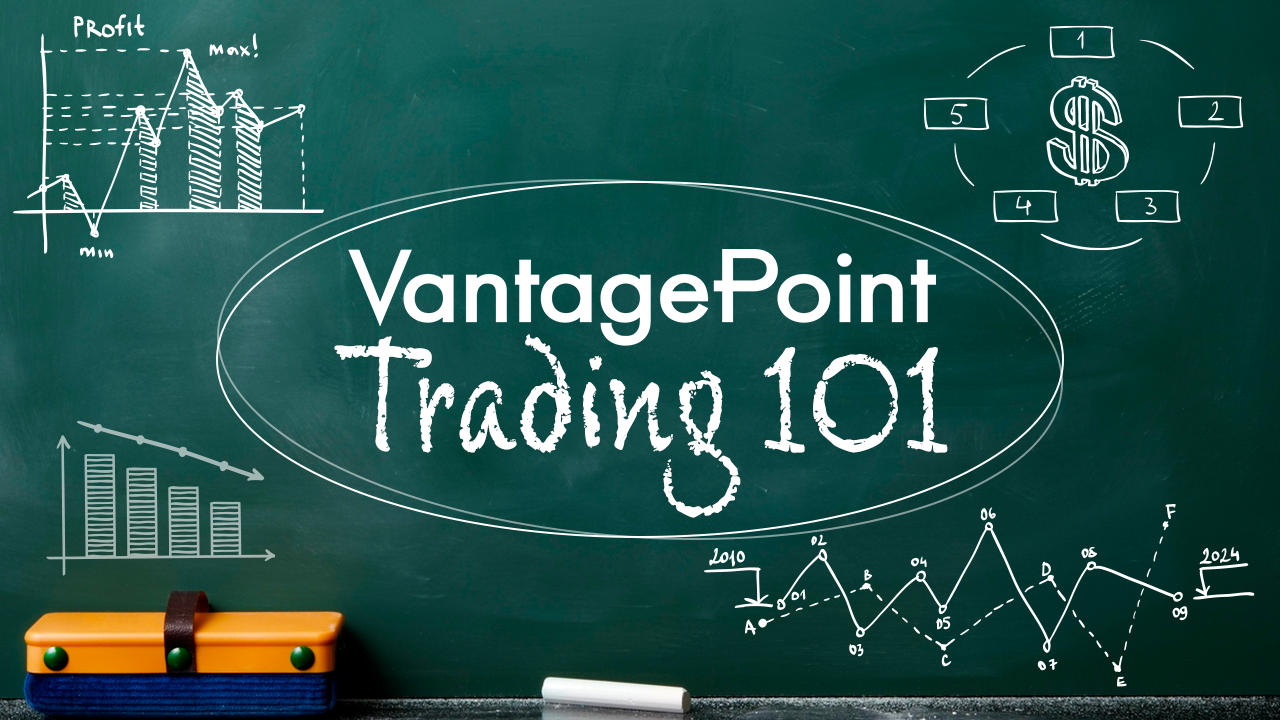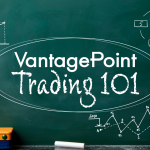Ready to level up your trading game? Whether you’re a seasoned pro or just starting out, understanding key financial terms can make all the difference in your success. But don’t worry – we’ve got your back! In this post, we’re breaking down 13 must-know terms every trader should have in their toolkit. Think of it as your financial cheat sheet, but more fun.
But why stop here? Join one of our free live training session where you can learn how to trade smarter, not harder, by tapping into the power of artificial intelligence. It’s fun, it’s free, and it might just be the edge you’ve been looking for.
- Price Inflation: Price inflation refers to the rate at which the cost of goods and services rises, decreasing the purchasing power of money. Typically, a 2% annual increase is seen as ideal in stable economic conditions. Various factors such as higher production costs or supply chain disruptions can cause inflation to exceed this rate, leading to a decline in the value of currency. Central banks, like the Federal Reserve, manage monetary policies to mitigate inflationary effects.
- Interest Coverage Ratio (ICR): The Interest Coverage Ratio, also called the times interest earned (TIE) ratio, measures a company’s ability to pay its interest expenses with its earnings. It is calculated by comparing a firm’s earnings before interest and taxes (EBIT) to its interest costs. A higher ratio signals better financial health, though the ideal number varies by industry.
- Loan and Savings Interest Rates: An interest rate is the percentage charged on a loan or earned on savings. Borrowers pay interest as the cost of obtaining a loan, while savers earn interest as a return on their deposits. Rates can be fixed (unchanging) or variable (fluctuating). Interest rates affect inflation and borrowing behaviors, influencing economic growth. Central banks adjust them to manage inflation and stabilize the economy.
- Central Bank Monetary Policy: Monetary policy refers to the actions taken by central banks, like the US Federal Reserve or the European Central Bank, to control money supply, set interest rates, and stabilize the financial system. Its main objectives include controlling inflation, promoting growth, and maintaining economic stability by adjusting interest rates.
- Non-Farm Employment Data (NFP): The Non-Farm Payroll (NFP) report tracks the number of jobs added or lost in the U.S., excluding certain sectors like farming or private households. This report, released monthly, provides a snapshot of employment trends and is a key economic indicator for traders and policymakers. It impacts market trends and central bank decisions.
- OPEC+ (Oil Production Consortium): OPEC+ is a group of oil-producing nations, including Saudi Arabia and Russia, formed to regulate oil production and stabilize global prices. Established in 1960, OPEC coordinates production levels to avoid price crashes and supports member economies by managing the global oil supply.
- Consumer Spending Index (PCE): The Personal Consumption Expenditures (PCE) index tracks U.S. consumer spending and is used by the Federal Reserve to gauge inflation. This metric reflects the total value of goods and services consumed and represents about two-thirds of U.S. domestic spending. It informs key monetary decisions, including interest rate adjustments.
- Manufacturing Health Indicator (PMI): The Purchasing Managers Index (PMI) is a survey-based metric that tracks the performance of the manufacturing sector. A PMI above 50 indicates growth, while a number below 50 signals contraction. Investors and analysts use PMI to gauge economic health and potential inflation trends.
- Economic Downturn (Recession): A recession is an extended period of economic decline, typically defined by two consecutive quarters of negative GDP growth. Marked by falling output, higher unemployment, and reduced consumer spending, recessions prompt central banks to lower interest rates to encourage borrowing and stimulate the economy.
- Stable Investments (Safe Haven Assets): Safe haven assets are investments expected to retain or increase in value during periods of market turbulence. Examples include precious metals like gold, Bitcoin, and certain defensive stocks in sectors like utilities. Currencies from politically stable countries, such as the Swiss franc, are also considered safe havens.
- Year-End Stock Market Surge (Santa Rally): A Santa Claus Rally refers to a market phenomenon where stock prices tend to rise in the final days of December and early January. This pattern is often attributed to factors such as reduced trading volume and year-end portfolio adjustments.
- Labor Market Trends (JOLTS): The Job Openings and Labor Turnover Survey (JOLTS) provides insights into the U.S. labor market by tracking job vacancies, new hires, quits, and layoffs. It helps policymakers and analysts understand market strength and economic sentiment, influencing employment-related decisions.
- Global Financial Hub (Wall Street): Wall Street, located in New York City, symbolizes the financial industry and global markets. Home to the New York Stock Exchange, it represents the heart of U.S. financial activity and is associated with investment, banking, and wealth management worldwide.








